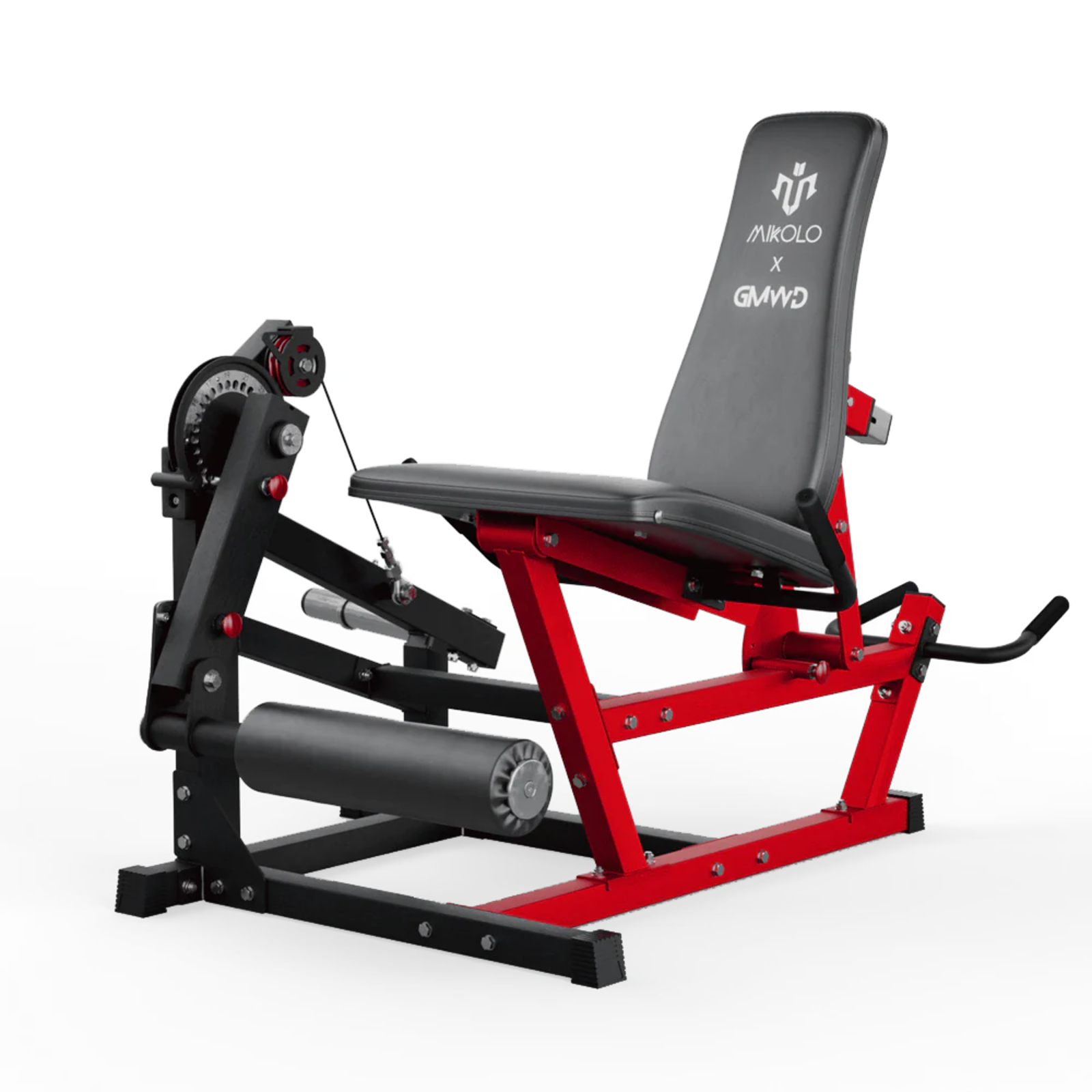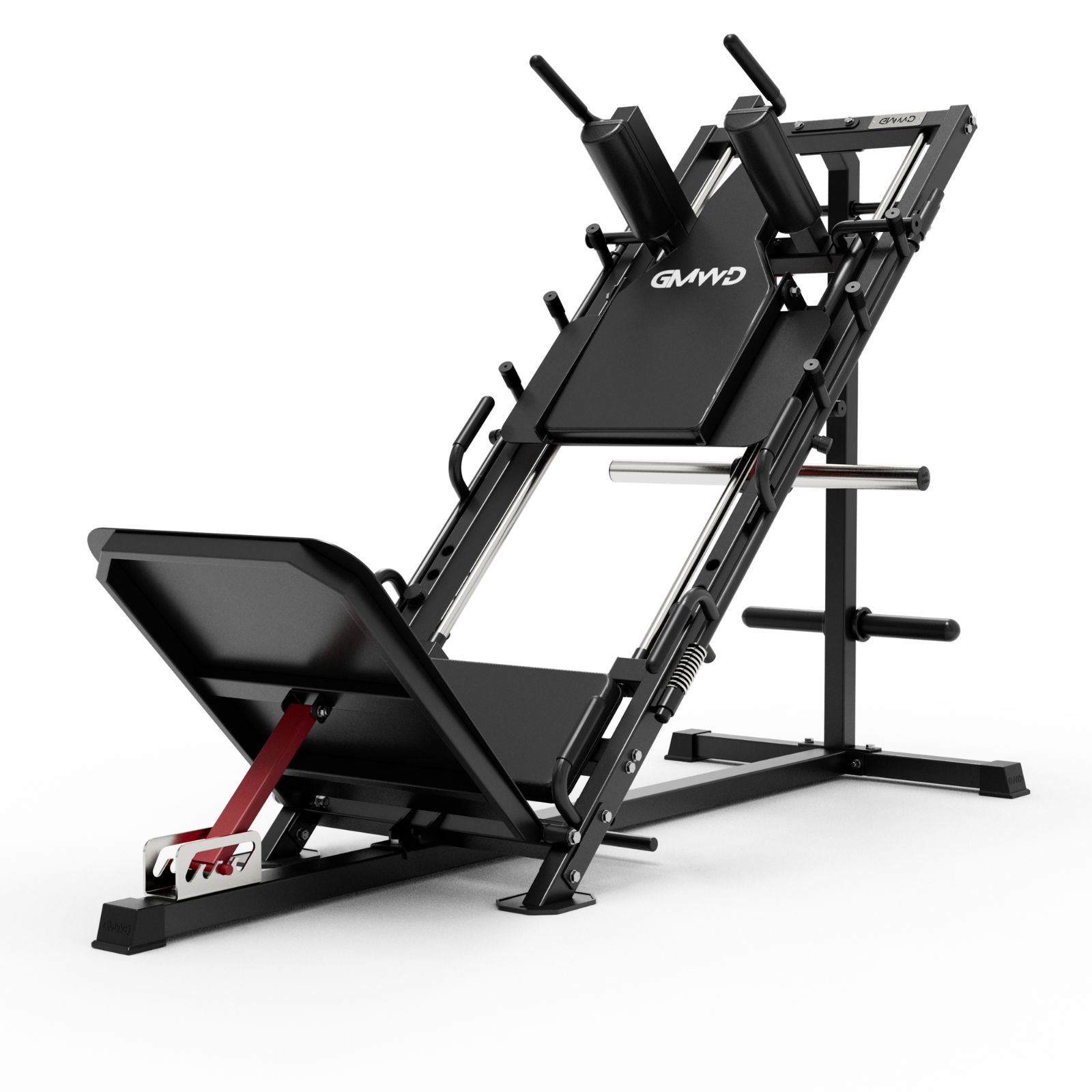In recent years, the idea of creating a home gym has become increasingly popular. For those with limited space or looking to optimize their living situation, setting up a home gym on the second floor can be a smart solution. But is it safe to put gym equipment upstairs? Can you really set up a squat rack on the second floor or fit heavy equipment like a power rack or elliptical in a second floor home gym? This guide will answer these questions and provide practical tips for building your ideal upstairs gym.
Can You Put a Home Gym on the Second Floor?
The short answer is yes! It's absolutely possible to build a home gym on the second floor of your house. However, there are a few things to consider before jumping into the setup. The second floor of your home may have structural limitations, so it’s important to assess the floor’s load-bearing capacity and ensure it can support the equipment you plan to use.
When building a 2nd floor gym, always check the weight limits of the floor, especially if you’re planning on placing heavy equipment like a squat rack upstairs or a power rack in your bedroom. Floors in older homes or apartments may not be designed to bear the weight of large gym equipment, so reinforcing the floor or consulting a professional may be necessary.
Is It Safe to Put Gym Equipment Upstairs?
Safety is a top concern when it comes to setting up a second floor gym. The weight of the equipment, combined with the intensity of certain exercises, can put significant strain on your floor structure. To determine if it’s safe to put gym equipment upstairs, consider the following:
-
Weight of Equipment: Equipment like a squat rack on the second floor or a power rack in a bedroom can be heavy, especially if you’re lifting with it. Make sure to check the manufacturer's weight specifications and see if they align with the floor’s weight tolerance.
-
Floor Reinforcement: If you're concerned about structural integrity, reinforce the floor by adding additional support beams. This is particularly important if you're putting heavier equipment, such as an elliptical on the second floor or weights that will be dropped.
-
Noise and Vibration: Even if the floor can support the weight, vibration from exercises like jumping or heavy lifting can transfer to the floors below. To minimize noise, consider using mats, rubber flooring, or soundproofing materials to cushion the impact.
Setting Up a Home Gym on the Second Floor
Once you've assessed the safety and stability of your second floor, you can start setting up your home gym upstairs. Here are a few tips to help with the layout:
-
Choose the Right Equipment: Not all gym equipment is suited for a second floor gym. For example, a squat rack upstairs is typically safe as long as the floor can handle the load. However, larger machines like treadmills or ellipticals might create more vibration and noise. If you're wondering, "Can you put an elliptical on the second floor?" the answer is yes, but make sure to secure the floor properly.
-
Consider Space and Accessibility: If you're working in a small area, it's crucial to plan your second floor home gym layout wisely. Consider opting for compact equipment like free weights, resistance bands, and adjustable benches. Leave enough space to move freely without obstructing doorways or exits.
-
Use Flooring for Protection: Installing thick rubber or foam flooring in your upstairs gym can protect the floor from damage and help absorb impact during intense workouts. This is particularly important if you’re using a squat rack or heavy weights.
-
Ensure Proper Ventilation: Second floor gyms can get warm due to the lack of airflow, especially in rooms that are already smaller. Consider installing a fan or upgrading the air conditioning to keep the space comfortable.
-
Maximize Natural Light: If your 2nd floor gym has windows, take advantage of the natural light. Bright spaces tend to feel more open and energizing, which is essential for motivating workouts.
Power Rack in Bedroom: Is it a Good Idea?
You might be asking, “Can I put a power rack in my bedroom?” Technically, yes, but you should carefully consider the space. Bedrooms usually have softer floors that may not be able to withstand the pressure of heavy gym equipment. Also, having a power rack in a bedroom can be inconvenient if the room is small and doesn’t have proper ventilation. It might be better to use a spare room or office space for your second floor gym.
What Equipment is Best for a Second Floor Gym?
When creating your second floor gym, focus on versatile equipment that doesn’t require a lot of space or create excess noise or vibration. Some ideal options include:
- Adjustable Dumbbells: These are compact and easy to store, perfect for a home gym on the second floor.
- Resistance Bands: Light, portable, and versatile, resistance bands are perfect for small spaces.
- Kettlebells: They offer a full-body workout and don’t take up much space.
- Compact Exercise Machines: Machines like rowing machines or recumbent bikes are generally more stable and produce less vibration than treadmills or ellipticals.
- Squat Racks and Power Racks: If you're committed to lifting heavy, these are great additions to a 2nd floor gym but should be placed on reinforced flooring.
Conclusion
Building a home gym on the second floor can be a convenient and functional solution if you have limited space on the ground level. However, ensuring the floor’s structural integrity, considering noise levels, and choosing the right equipment are all crucial to the success of your upstairs gym. By following these tips and being mindful of the safety aspects, you can enjoy a well-equipped second floor gym that meets all your fitness needs.
So, if you’re wondering, "Can you put a squat rack upstairs?" or "Is it safe to put gym equipment upstairs?" the answer is yes, as long as you plan accordingly. With the right preparation and equipment choices, you can create the perfect gym space right on the second floor of your home.










































Leave a comment
This site is protected by hCaptcha and the hCaptcha Privacy Policy and Terms of Service apply.